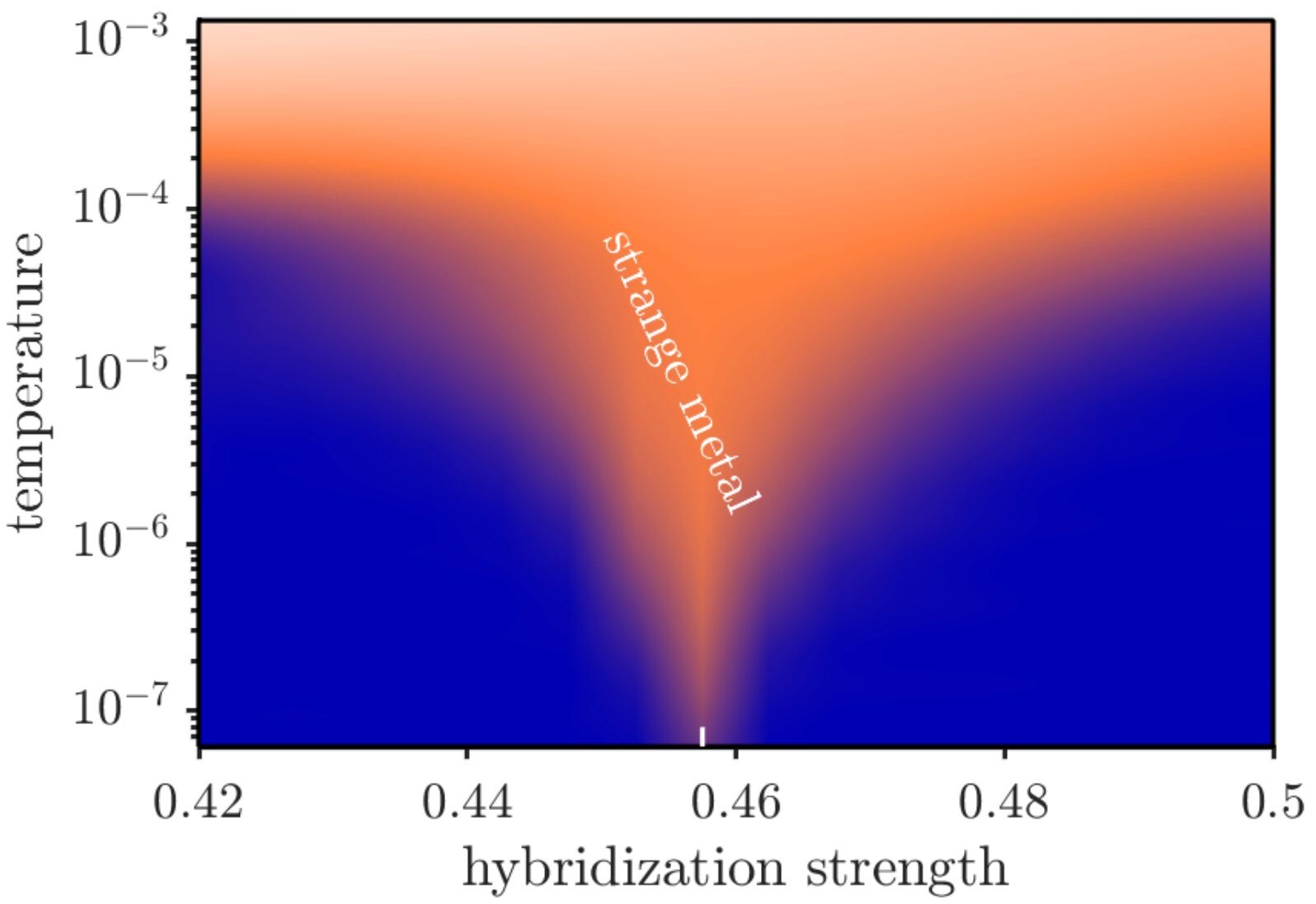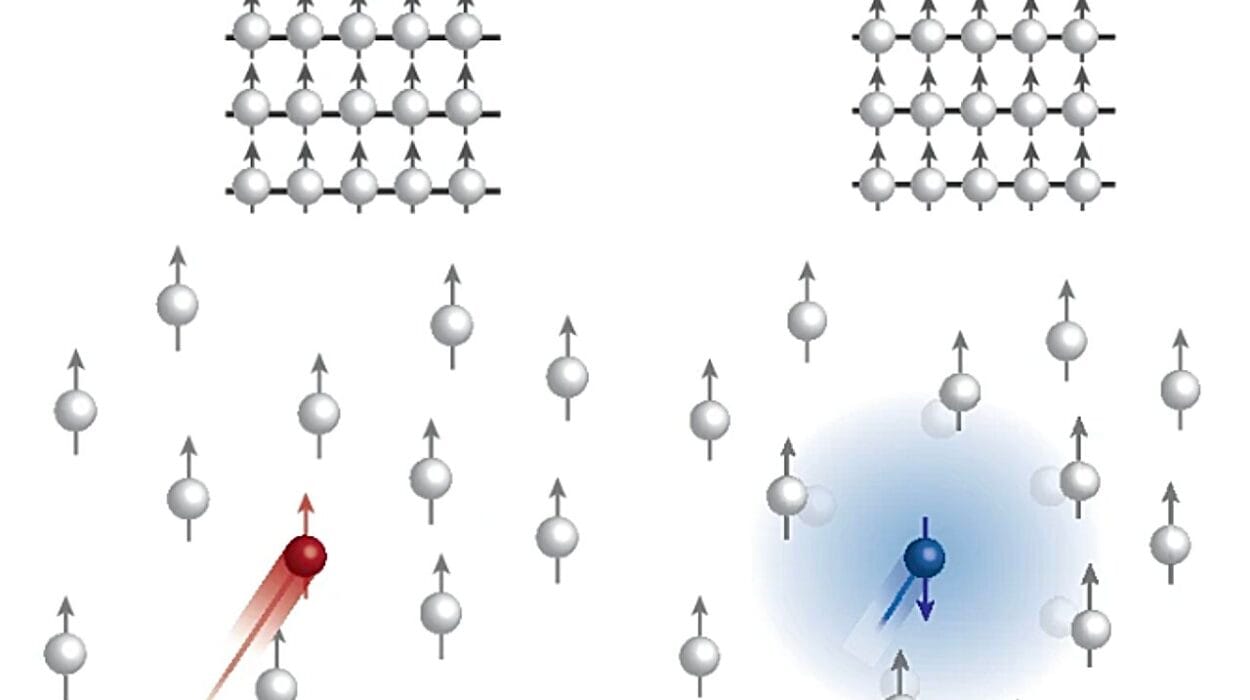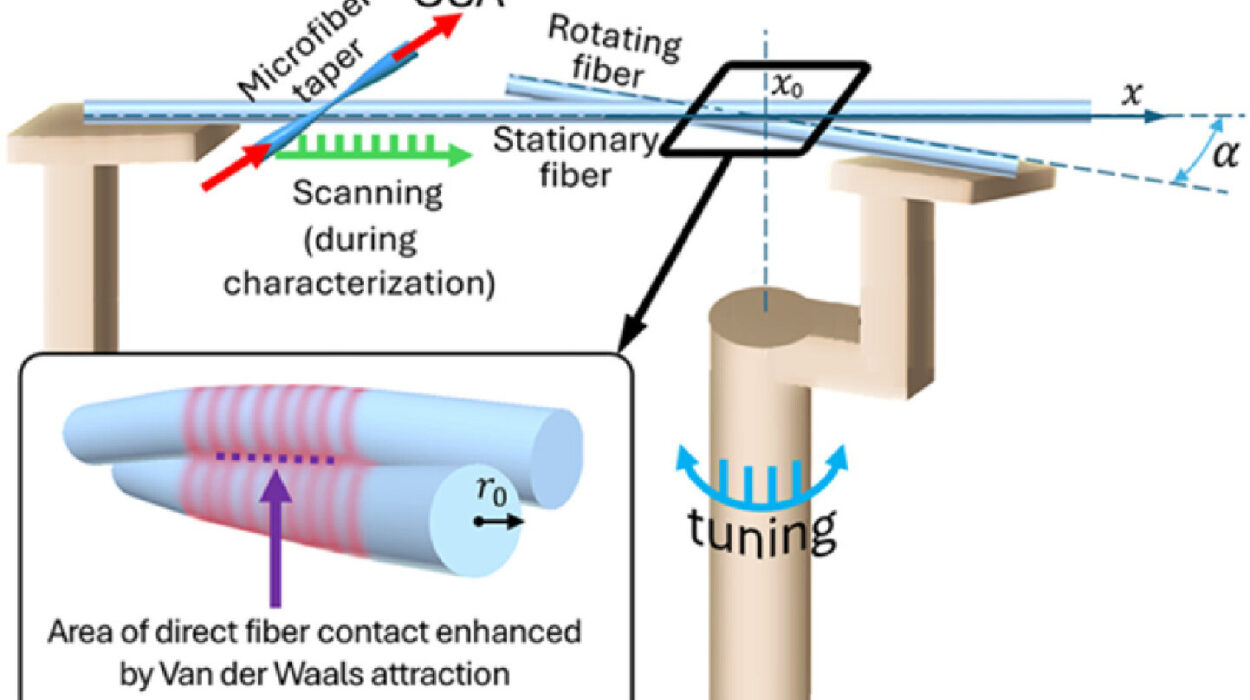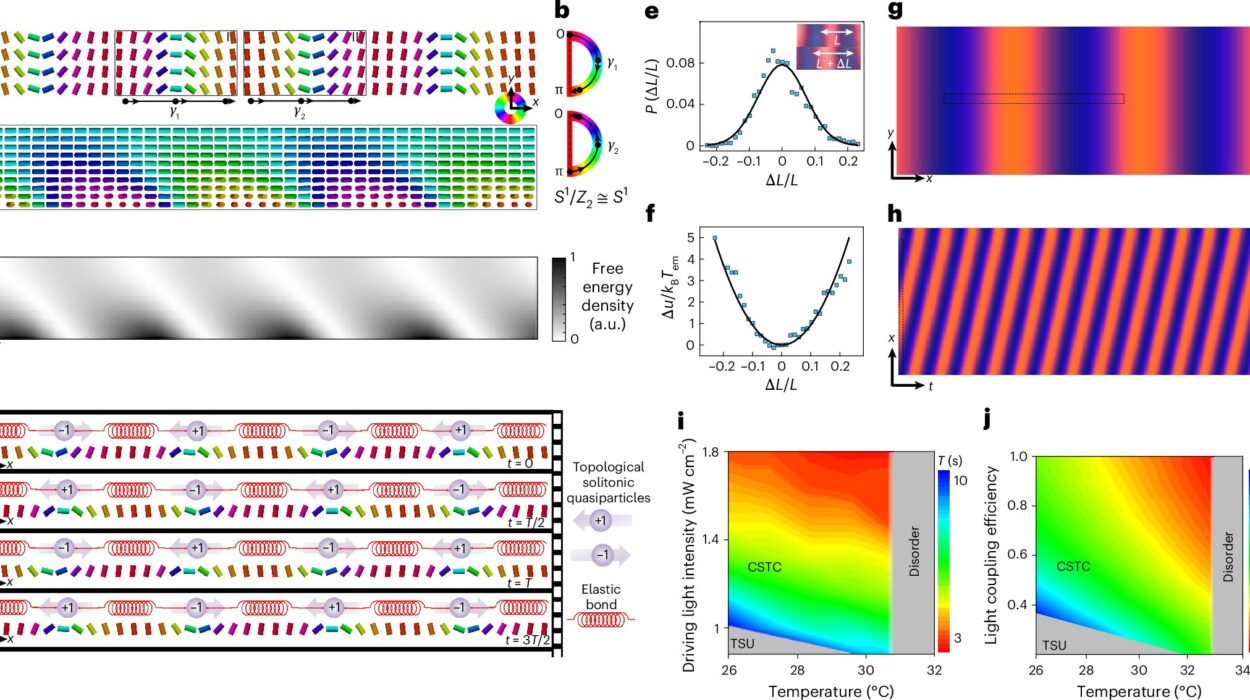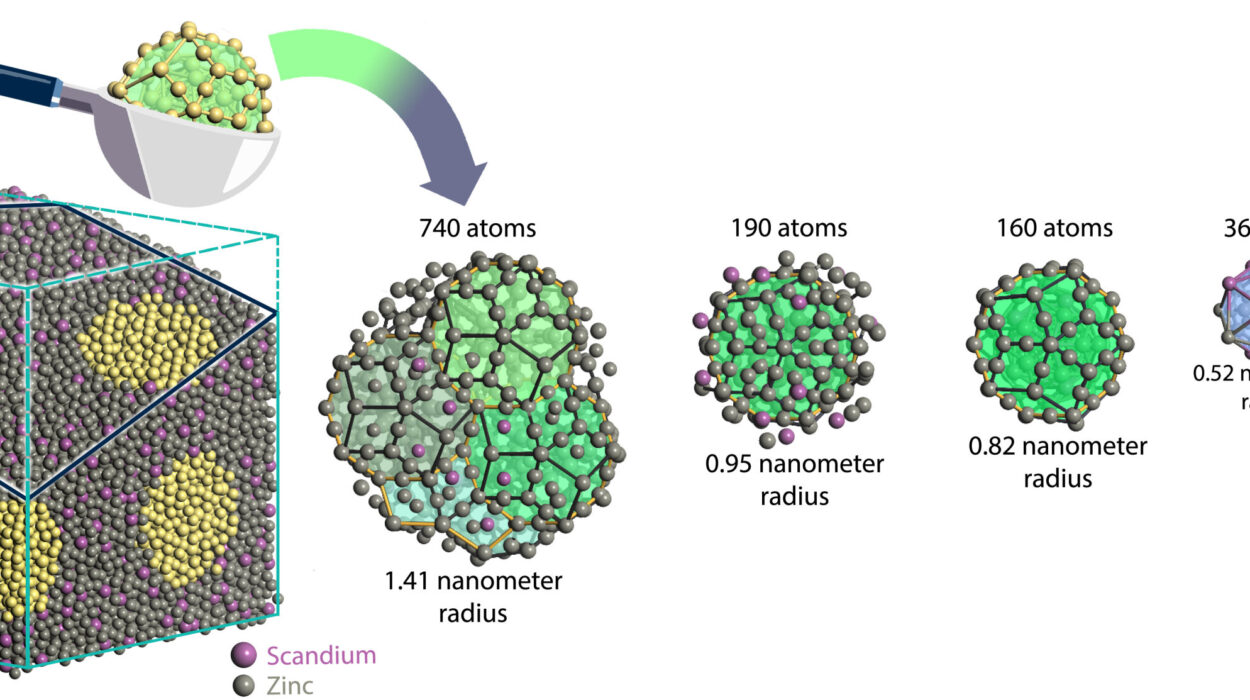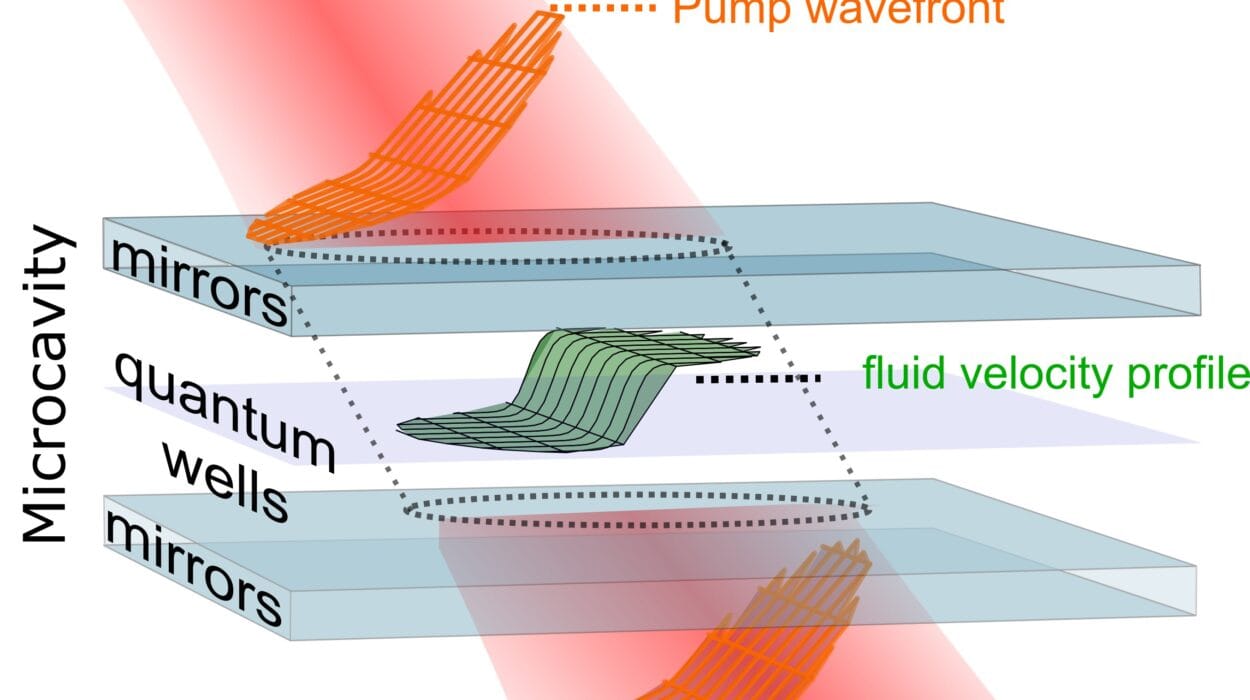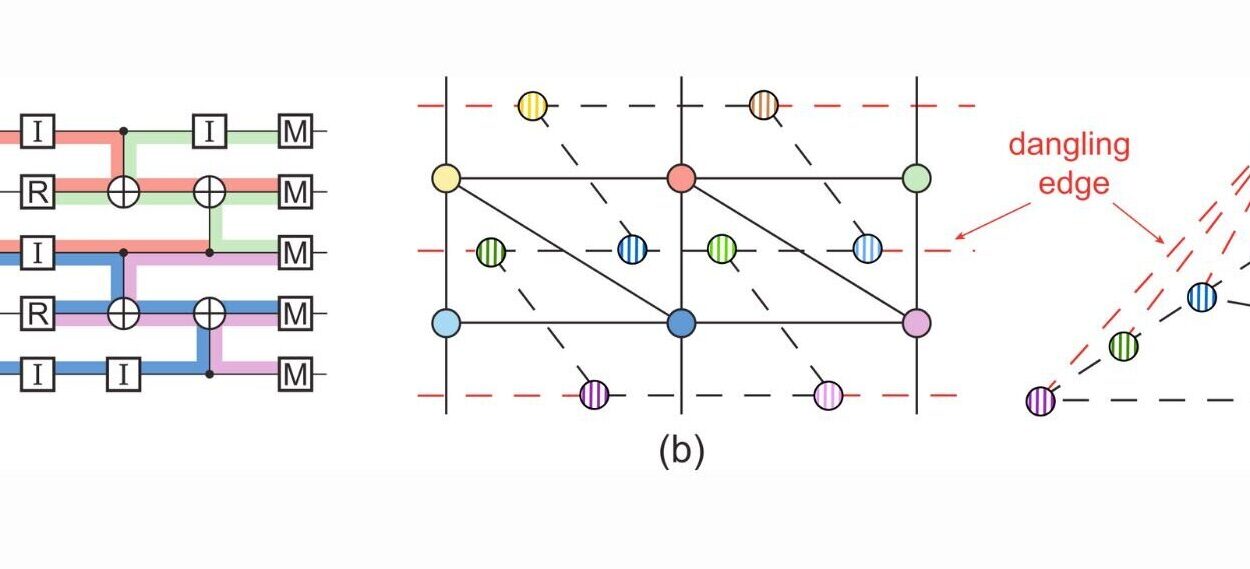Quantum critical points are fascinating phenomena that sit at the intersection of material science, condensed matter physics, and quantum mechanics. These thresholds represent the transition of materials between different electronic phases, but more importantly, they mark the boundary where strange and exotic physical behaviors emerge. At the heart of this phenomenon is a concept known as the Kondo effect, which describes the interaction between localized magnetic moments and conduction electrons in metals. As materials approach a quantum critical point, such as the Kondo-breakdown quantum critical point, they exhibit behavior that defies traditional understanding, offering exciting new avenues for exploration in physics.
One such intriguing point of study is the Kondo-breakdown quantum critical point, a scenario where the Kondo effect, which traditionally causes magnetic moments to become localized within metals, begins to collapse, leading to emergent new physics. Researchers from institutions like Ludwig-Maximilian University of Munich, Rutgers University, and Seoul National University have recently set out to investigate the dynamic scaling associated with this critical point. Their research, published in Physical Review Letters, introduces a theoretical framework to better understand the strange metal phase that appears near the Kondo-breakdown quantum critical point, shedding new light on previously unexplained phenomena in materials science.
Understanding Quantum Criticality and Strange Metals
The concept of quantum criticality is essential in explaining the transition between distinct quantum phases at absolute zero temperature. These transitions are typically driven by subtle changes in parameters such as pressure, magnetic field, or chemical composition. Near quantum critical points, the behavior of materials can deviate significantly from classical expectations, often exhibiting unusual electronic, magnetic, and optical properties. One particularly striking example of this is the strange metal state—a phase of matter that shows atypical resistivity behavior, challenging our understanding of conventional metallic states.
The Kondo effect, a quantum phenomenon originally observed in dilute magnetic alloys, is integral to the formation of the strange metal state. In typical metals, conduction electrons move freely, contributing to electrical conductivity. However, in the presence of magnetic impurities, these conduction electrons interact with localized magnetic moments, leading to the formation of a unique “Kondo cloud.” At the Kondo-breakdown quantum critical point, this interaction breaks down, and the system exhibits entirely new behavior. It is this critical point that has captured the attention of physicists, as it marks the onset of the strange metal phase—an enigmatic state characterized by unusual electrical and optical properties.
The Role of Computational Methods in Studying the Kondo-Breakdown Quantum Critical Point
To unravel the mysteries surrounding the Kondo-breakdown quantum critical point, the researchers utilized a theoretical framework known as the periodic Anderson model—a widely used model to describe heavy fermion materials. These materials, which include compounds such as YbRh2Si2 and CeCoIn5, are rich in electron-electron interactions and often display complex behavior in the vicinity of quantum critical points. The team’s computational approach involved examining the dynamical response of these materials, focusing particularly on the dynamics at very low energies—an area that had not been thoroughly explored until recently.
The primary goal of this research was to study the strange metal phase with modern computational methods that could resolve dynamics at much lower energies than previously possible. According to Andreas Gleis, the first author of the study, the results were a “surprise” in many ways. Their exploration revealed previously unnoticed aspects of the strange metal state, such as slow Planckian decay rates, which are associated with critical fluctuations in these materials.
Planckian Decay and Strange Metal Behavior
At the heart of the new theory proposed by the researchers is the concept of Planckian decay, a term that refers to a specific timescale over which fluctuations in a material decay. This decay rate is governed by fundamental physical constants, and it has been observed in a variety of materials close to their quantum critical points. Interestingly, the study found that in heavy fermion materials near the Kondo-breakdown quantum critical point, the fluctuations in the system decay at this slow Planckian rate, which in turn explains some of the strange optical responses seen in these materials.
More specifically, the study highlights that the critical collective fluctuations, which are short-ranged and occur over small distances within the material, also decay at the Planckian rate. This finding marks a significant departure from the previous “marginal Fermi liquid” hypothesis, which suggested that the strange metal behavior could be explained by the decay of individual electron dynamics. Instead, the researchers found that it is not the single-electron dynamics that dominate the behavior of strange metals, but rather the collective short-ranged current fluctuations that play a central role in shaping their optical properties.
This new understanding suggests that strange metals exhibit intrinsic properties, not due to disorder or external factors, but as an inherent feature of the strange metal state itself. The Kondo-breakdown quantum critical point, according to the researchers, serves as an intrinsic fixed point for strange metals. In this context, their theoretical predictions align with experimental optical conductivity measurements from heavy fermion compounds, such as YbRh2Si2 and CeCoIn5, which have long been the focus of experimental research into quantum criticality.
Implications and Future Directions
This groundbreaking research opens up new avenues for understanding the behavior of strange metals and quantum criticality in condensed matter systems. By introducing a mechanism based on critical short-ranged scattering, the researchers have provided a framework that explains some of the most puzzling optical properties observed in strange metals. The mechanism they propose suggests that strong local interactions between electrons near the quantum critical point can give rise to the unusual optical responses associated with strange metals.
Moving forward, the team plans to delve deeper into the conditions under which strange metals emerge. What specific types of interactions are necessary to produce this strange behavior? And under what conditions can we expect this phenomenon to manifest in other strongly correlated systems, such as cuprate superconductors, which have similarly baffled physicists for decades? These questions remain central to the ongoing exploration of quantum criticality and strange metals.
Another exciting avenue of future research lies in understanding how the dynamics of strange metals might influence other phenomena, such as unconventional superconductivity. Could the strange metal state be a precursor to the onset of superconductivity in certain materials? Could the insights gained from this study help unlock the secrets of high-temperature superconductivity, a long-standing problem in condensed matter physics?
The potential implications of this work extend far beyond the realm of heavy fermion materials. The researchers’ findings could provide valuable insights into the nature of quantum criticality in other complex systems and materials. If these strange metal behaviors can be understood and controlled, they may pave the way for the development of novel electronic materials with entirely new properties—materials that could have applications in everything from quantum computing to energy storage.
Conclusion
The study of quantum critical points, particularly the Kondo-breakdown quantum critical point, is rapidly becoming one of the most exciting frontiers in condensed matter physics. By unveiling a new mechanism for understanding the strange metal state, the researchers at Ludwig-Maximilian University of Munich, Rutgers University, and Seoul National University have provided a fresh perspective on how quantum materials behave near critical points. Their work not only deepens our understanding of heavy fermion systems but also introduces new possibilities for the development of materials with exotic properties that could revolutionize technologies in the future.
As the study of quantum criticality continues to evolve, one thing is clear: the strange metal state represents a rich and fertile ground for scientific discovery. With continued research, it may hold the key to unlocking some of the most profound mysteries of quantum physics and materials science, propelling us into a new era of technological innovation and scientific understanding.
Reference: Andreas Gleis et al, Dynamical Scaling and Planckian Dissipation Due to Heavy-Fermion Quantum Criticality, Physical Review Letters (2025). DOI: 10.1103/PhysRevLett.134.106501.
